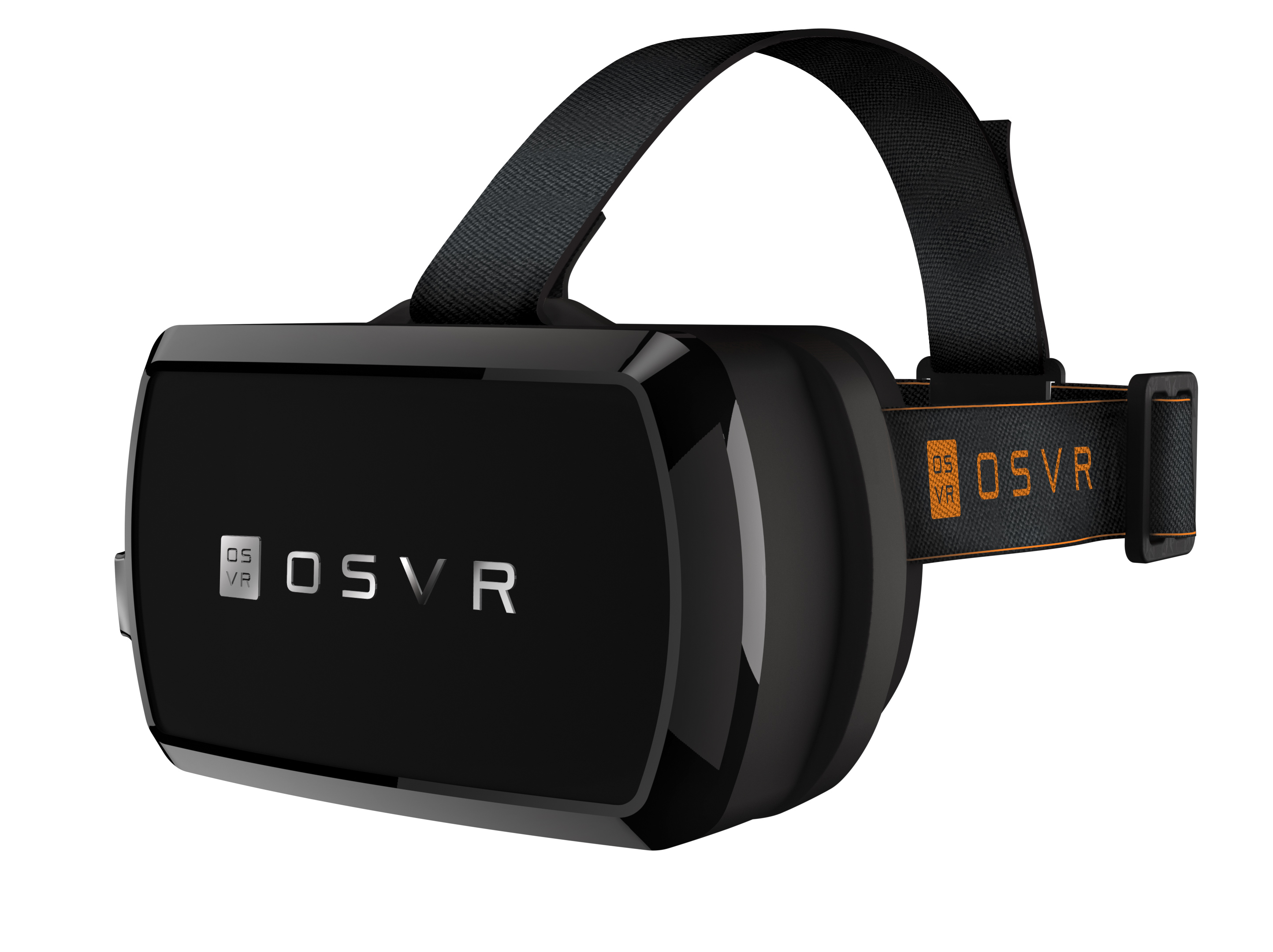Razer wants to build an open-source ecosystem for virtual reality called OSVR

Look out, Oculus—Razer is jumping into the VR game. Except...not? Razer's big initiative for CES 2015 is a project called OSVR, or an Open Source Virtual Reality ecosystem. OSVR includes a $200 "Hacker Dev Kit" set to ship in June 2015, but it's primarily a software platform aimed to support, potentially, any piece of VR hardware. So in a way, Razer's OSVR could work with, and even improve, the Oculus Rift.
Confused yet?
Razer calls OSVR "the Android" of VR, except they point out it's not an OS—it will be compatible with Windows, Android and Linux. Essentially, it's a framework for VR technologies that ties into game engines on one end and hardware on another. As Razer's press release for OSVR elaborates just a bit:
"Starting with some of the most popular game engines, including Unity 3D and Unreal 4 Engine, OSVR also works with device plugins from hardware market leaders like Bosch and Razer and the latest from Sixense and LeapMotion...OSVR is an ecosystem designed from the ground up to set an open standard for Virtual Reality input devices, games and output with the sole goal of providing the best possible game experience in the Virtual Reality space."
If OSVR becomes a common framework for VR gaming, it could be a liberating tool for game developers in the same way Unity already is. For example, the Unity engine allows devs to publish a game to multiple platforms, like Windows and iOS, without substantially rewriting the game's code manually. Currently, most VR development is focused around the Oculus Rift, but as other VR competitors come onto the scene, that could change. Instead of writing code to the very specific hardware of various VR devices, which may handle video and sound and motion sensing differently, OSVR would allow for a common standard that would work with any hardware.
That's the idea, at least. According to Razer, OSVR is a long-view project. There's no immediate gain in it for them right now. There's no consumer VR headset, and no competition to warrant an open source platform that ties into everything from game engines to optics. But if VR explodes in the next few years, OSVR has the potential, at least, to be a much bigger deal.
The Hacker Dev Kit, shipping in June, uses a 1920x1080 panel with a 60 fps refresh rate and a 100 degree diagonal FOV. It will be configurable for interchangeable displays, which is a smart way to future-proof the device for newer and better VR tech. It uses an integrated accelerometer, gyroscope and compass for motion sensing.
Keep up to date with the most important stories and the best deals, as picked by the PC Gamer team.
Razer's dev kit isn't as advanced as the Oculus Rift DK2 or Oculus' newer Crescent Bay prototype, but that's not really its purpose—it's simply meant to get some kind of VR into developers' hands to spur more VR game development and start building a community around OSVR. Given the number of VR headsets we expect to see at this year's CES, it's not a bad plan.

Wes has been covering games and hardware for more than 10 years, first at tech sites like The Wirecutter and Tested before joining the PC Gamer team in 2014. Wes plays a little bit of everything, but he'll always jump at the chance to cover emulation and Japanese games.
When he's not obsessively optimizing and re-optimizing a tangle of conveyor belts in Satisfactory (it's really becoming a problem), he's probably playing a 20-year-old Final Fantasy or some opaque ASCII roguelike. With a focus on writing and editing features, he seeks out personal stories and in-depth histories from the corners of PC gaming and its niche communities. 50% pizza by volume (deep dish, to be specific).

